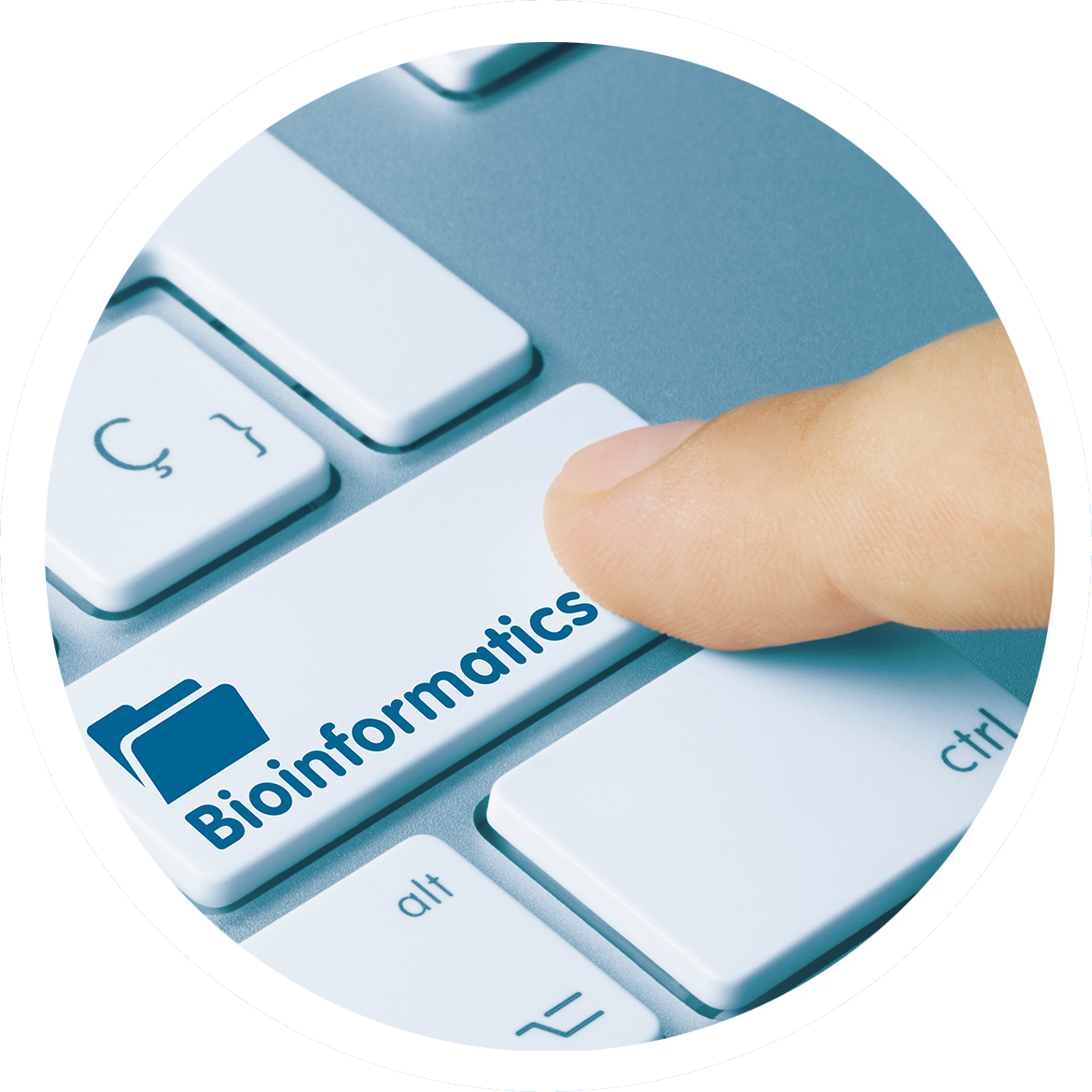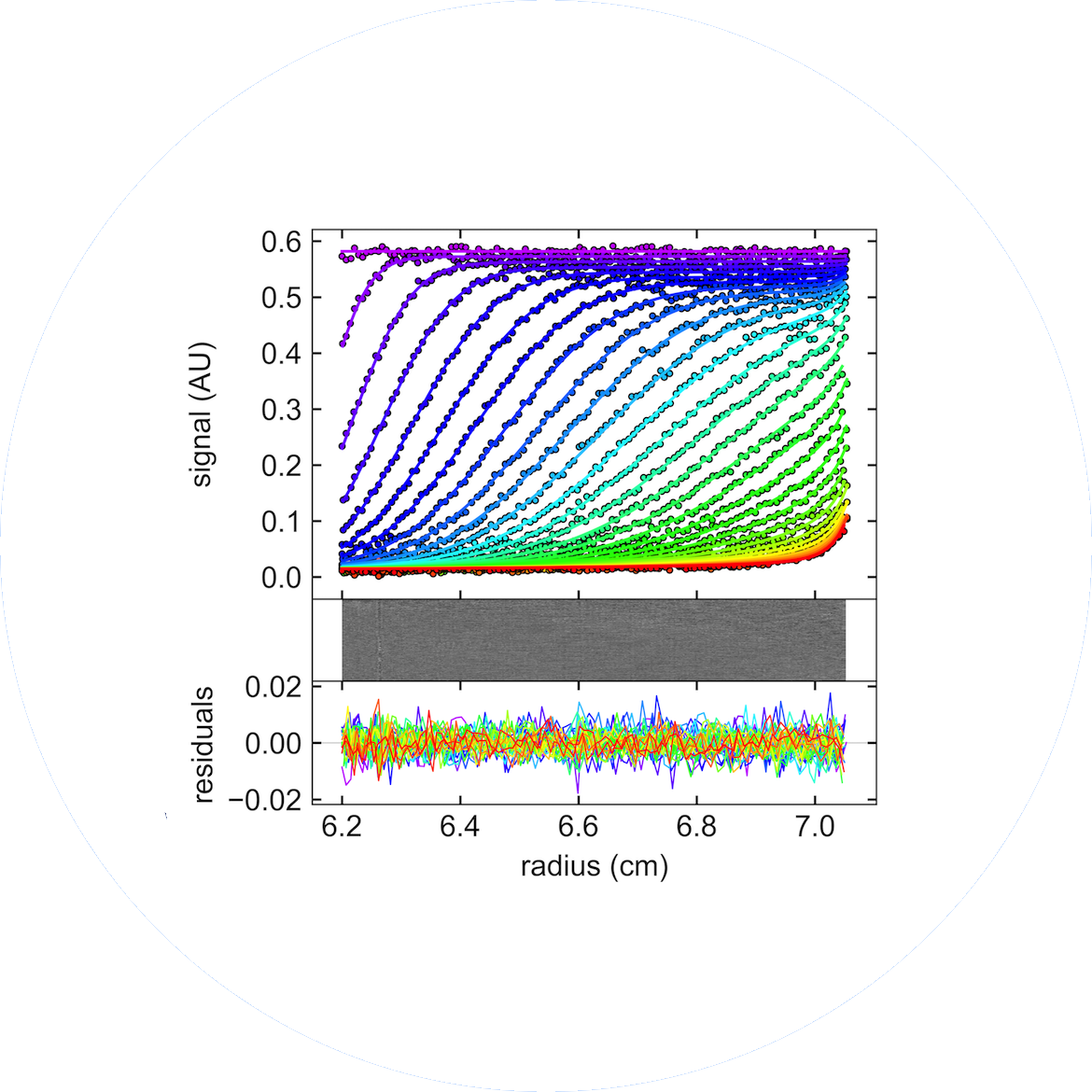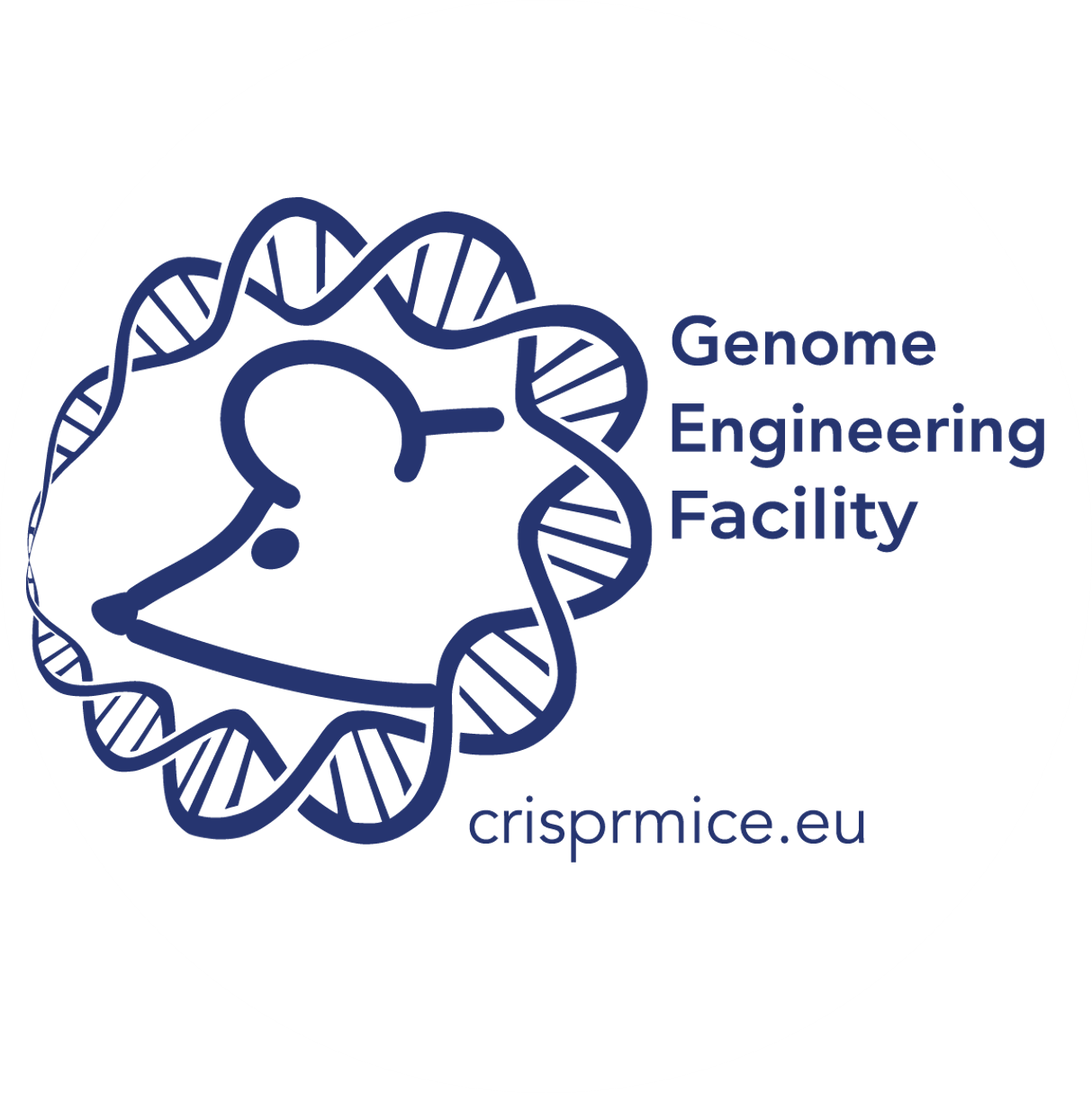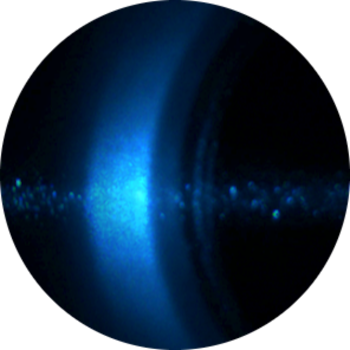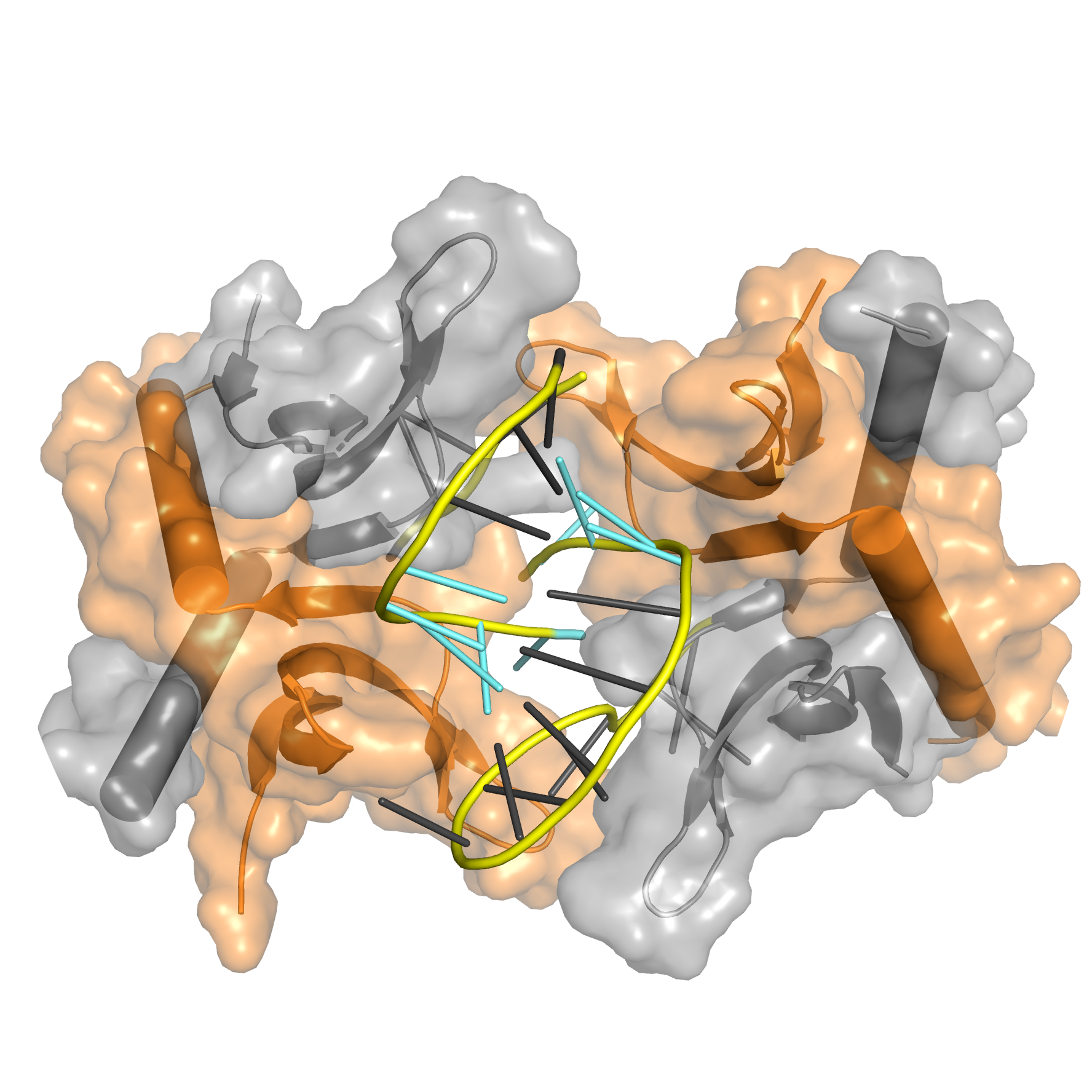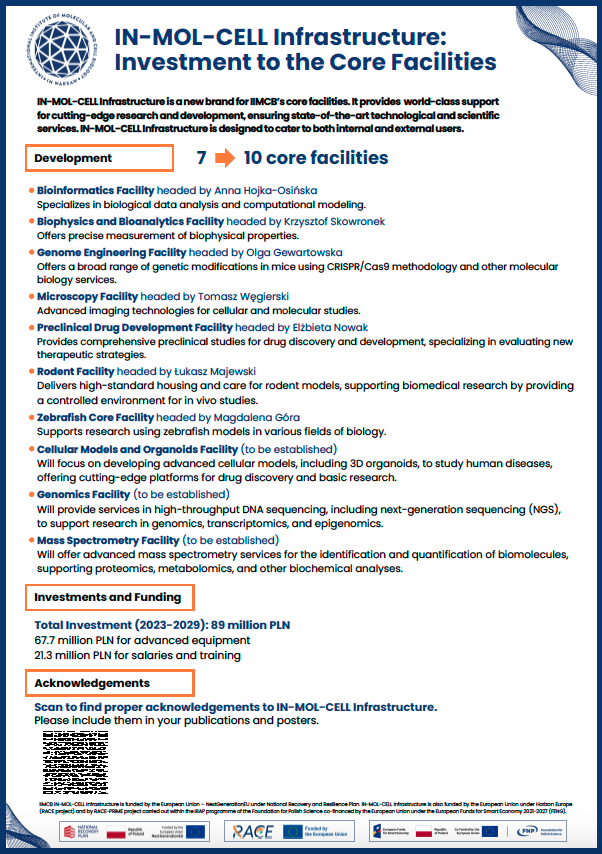One of the priorities of IIMCB is to foster a working environment in which all individuals are treated equally, with respect and with fairness. Accordingly, the Director of IIMCB established a Working Group on Gender Equality Opportunities, which included representatives of researchers at all career levels and representatives of the administration. The responsibilities of the group shall include, in particular, the preparation of a gender equality plan for IIMCB, coordination of the implementation of activities in the area of gender equality and advice on geneder equality issues.
We present to you the Gender Equality Plan for the International Institute of Molecular and Cell Biology in Warsaw (hereafter referred to as IIMCB or the Institute) for the period 2022-2025 (hereafter referred to as the "Gender Equality Plan"). The Gender Equality Plan was prepared for the entire IIMCB community - persons employed on the basis of an employment contract, PhD students, MSc students and volunteers associated with IIMCB:
Horizon for Excellence in messenger RNA applications in immunoOncology (HERO)
mRNA technology is the future of biological drugs. It is currently one of the most innovative directions of development in the medical and pharmaceutical industry. This is also the topic of research of the HERO project, funded by the Polish Science Fund within the Virtual Research Institute. In the HERO project, an interdisciplinary team of scientists uses their experience and original ideas to develop a therapeutic mRNA technology that can be used in cancer immunotherapy. In addition, the project also aims to refine the mRNA technology and apply it to the treatment of other diseases.
Project is implemented in consortium of four scientific institutions: the leader - International Institute of Molecular and Cell Biology in Warsaw (IIMCB), Institute of Physical Chemistry of the Polish Academy of Sciences (IPC), University of Warsaw (UW), Medical University of Warsaw (MUW).

Interdisciplinary research team:
Leader:
- Prof. Andrzej Dziembowski (IIMCB) - Professor of Biological Sciences with years of experience in mechanistic studies using biochemical and structural biology methods, transcriptomics, and organism-level functional studies.
Key members:
- Prof. dr hab. Marta Miączyńska (IIMCB) - Professor of Biological Sciences, expert of endocytosis and intracellular transport. Within the project she is responsible for the analysis of mRNA release from endosomes.
- Prof. dr hab. Marcin Nowotny (IIMCB) - Professor of Biological Sciences, crystallographer, expert in the catalysis of enzymes involved in nucleic acid metabolism. He has extensive research experience in protein production and characterization.
- Prof. dr hab. Robert Hołyst (IPC) - Expert in the use of fluorescence techniques to study the movement, diffusion and interactions of macromolecules in cells. In this project responsible for providing quantitative data on mRNA inside cells.
- Dr hab. Joanna Kowalska i prof. dr hab. Jacek Jemielity (UW) - experts in nucleic acid chemistry. The project will coordinate large-scale synthesis of mRNA for preclinical studies.
- Prof. dr hab. Dominika Nowis i prof. dr hab. Jakub Gołąb (MUW) - medical doctors, specialized in cancer immunotherapy, experienced experts in the implementation of experimental therapies. As part of the project, they are responsible for providing innovative therapeutic ideas and conducting preclinical studies on mouse and human dendritic cells.
- mRNA technology in cancer immunotherapy - prof. Andrzej Dziembowski's interview for Biotechnologia.pl
- The budget for development a highly effective therapeutic mRNA technology is nearly 70 mln PLN
- Report on the signing of the project financing agreement
- Funding agreement for the HERO project signed
- The IIMCB will lead the consortium within the Virtual Research Institute (WIB) focused on mRNA in cancer immunotherapy
Contact:
- prof. Andrzej Dziembowski, Leader of the Research Task, e-mail: This email address is being protected from spambots. You need JavaScript enabled to view it.
- dr Zofia Korbut-Mikołajczyk, Coordinator of the Research Task, e-mail: This email address is being protected from spambots. You need JavaScript enabled to view it.
- Kinga Adamska, Coordinator of the Research Task, e-mail: This email address is being protected from spambots. You need JavaScript enabled to view it.
- Promotion: This email address is being protected from spambots. You need JavaScript enabled to view it.
Project is financed within the Virtual Research Institute of the Polish Science Fund source.
Virtual Research Institute (VIB) is a program financing research with a high commercialization potential in one of the key areas for society i.e. medical biotechnology – oncology. The Virtual Research Institute was defined by The April 4, 2019 Act on Supporting Scientific Activity From the Polish Science Fund. VIB is dedicated to the most talented polish scientists conducting research activities on the highest world class level – representants of universities as well as of scientific and research institutes. The Minister of Science and Higher Education allocated PLN 450 million for goal of VIB. The objective of the Research Team is to develop a new technology or group of technologies in accordance with specific procedures and standards necessary for its commercialization and implementation within a maximum of five years from commencing the work.


The mission of the Microscopy and Cytometry Facility (MCF) is to provide expertise and support in experimental work involving advanced microscopy of biological specimens, and cell sorting. The current services that are provided by the facility can be divided into three groups.
The cell sorting service is provided using a Becton Dickinson FACSAria II and Beckman Coulter CytoFLEX SRT cell sorters. FACSAria II is equipped with three lasers (violet, blue, and red) and nine fluorescence detectors. CytoFLEX SRT is equipped with four lasers (violet, blue, yellow-green and red) and fifteen fluorescence detectors. Up to four populations can be sorted simultaneously. Cell sorting is offered as a full service for occasional customers and users and as equipment access for researchers who are experienced in flow cytometry.
The facility provides access to a broad range of fluorescence light microscopes. Most of our microscopes allow optical sectioning, such as confocal (point-scanning or spinning-disk), two-photon, lightsheet, and total internal reflection fluorescence (TIRF), to facilitate high-contrast fluorescence imaging. The facility’s newest acquisition is Opera Phenix, a high-content screening system from PerkinElmer for the large-scale imaging of cells (e.g., in RNAi-based microscopy screens) in widefield or confocal mode. Our equipment also includes a Zeiss LSM800 confocal microscope with a high-resolution Airyscan detector, a Zeiss LSM710 NLO dual confocal/multiphoton microscope for the live imaging of cells and tissues, an Andor Revolutions XD system for real-time spinning-disk confocal microscopy and TIRF imaging, a Zeiss Lightsheet Z.1 single-plane illumination microscope for the imaging of fluorescently labeled zebrafish larvae, an Olympus CellR/ScanR imaging station for intracellular calcium measurements, and a Nikon 80i Eclipse microscope with a scanning stage for the mosaic imaging of histochemically or fluorescently stained tissue sections. Two- and three-dimensional image analysis is possible using dedicated software, such as Imaris (Bitplane) and Harmony (PerkinElmer). Full imaging services are also possible on the most sophisticated microscopy platforms.
The electron microscopy service offers analyses of cells, tissues, and virus particles with a FEI Tecnai T12 transmission electron microscope. For the conventional transmission electron microscopy of cells and tissue samples, we use a Leica EM tissue processor. This enables resin processing under constant temperature while avoiding exposure to toxic substances. After saturation with resin, tissue and cell specimens are pre-trimmed with a Leica EM TRIM2, which prepares for the next step of processing. Samples are then cut for semi- and ultra-thin sections using a Leica EM UC7 ultramicrotome, and then sections are placed on electron microscopy grids. Material that is prepared this way can be imaged with our electron microscope.
The MCF operates in either full-service mode or access mode, depending on equipment, application, and the customer. In the latter mode, our staff offers initial training for users and assistance with experimental design, data analysis, and final data interpretation. The MCF is open to IIMCB researchers and external customers from academia and industry.
The detailed list of equipment with description and contact names is available under the “Equipment“ tab in the “Core Facilities” menu.
https://www.iimcb.gov.pl/en/news-press-office/2-uncategorised?start=81#sigProId9f69808fd3
https://www.iimcb.gov.pl/en/news-press-office/2-uncategorised?start=81#sigProIdb2830a33e9
https://www.iimcb.gov.pl/en/news-press-office/2-uncategorised?start=81#sigProIdd643b61f10
https://www.iimcb.gov.pl/en/news-press-office/2-uncategorised?start=81#sigProId9145ed7308
https://www.iimcb.gov.pl/en/news-press-office/2-uncategorised?start=81#sigProId41cfef521e
https://www.iimcb.gov.pl/en/news-press-office/2-uncategorised?start=81#sigProIda97e91196a
https://www.iimcb.gov.pl/en/news-press-office/2-uncategorised?start=81#sigProIdee0d0b8ef7
https://www.iimcb.gov.pl/en/news-press-office/2-uncategorised?start=81#sigProIdcf4414cc45
https://www.iimcb.gov.pl/en/news-press-office/2-uncategorised?start=81#sigProId9074c24eb7
https://www.iimcb.gov.pl/en/news-press-office/2-uncategorised?start=81#sigProId7896c332ac
https://www.iimcb.gov.pl/en/news-press-office/2-uncategorised?start=81#sigProIdd61e8c350c
https://www.iimcb.gov.pl/en/news-press-office/2-uncategorised?start=81#sigProId2cfc5de9b7

